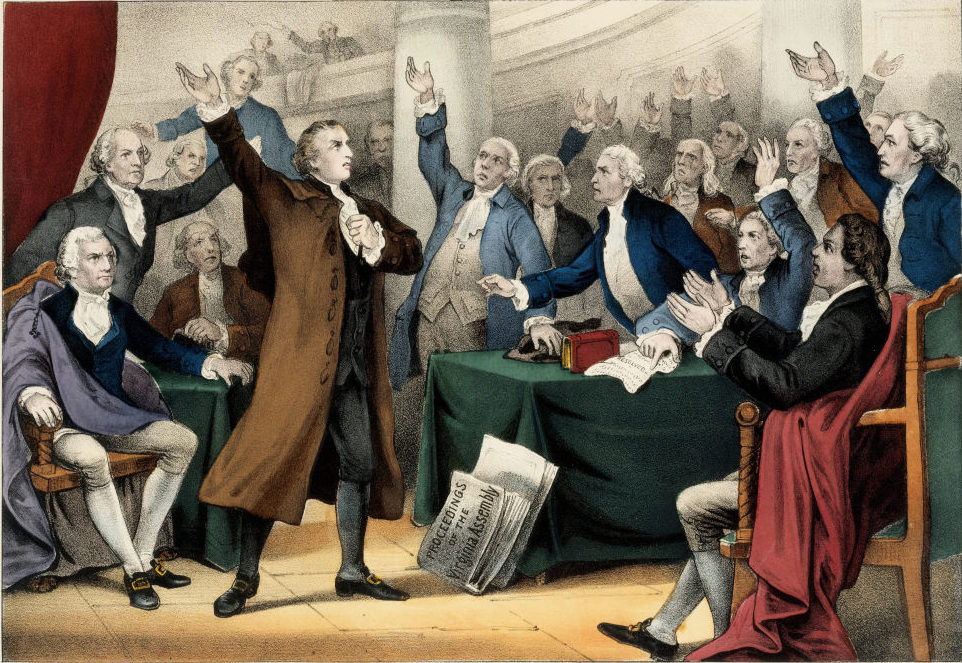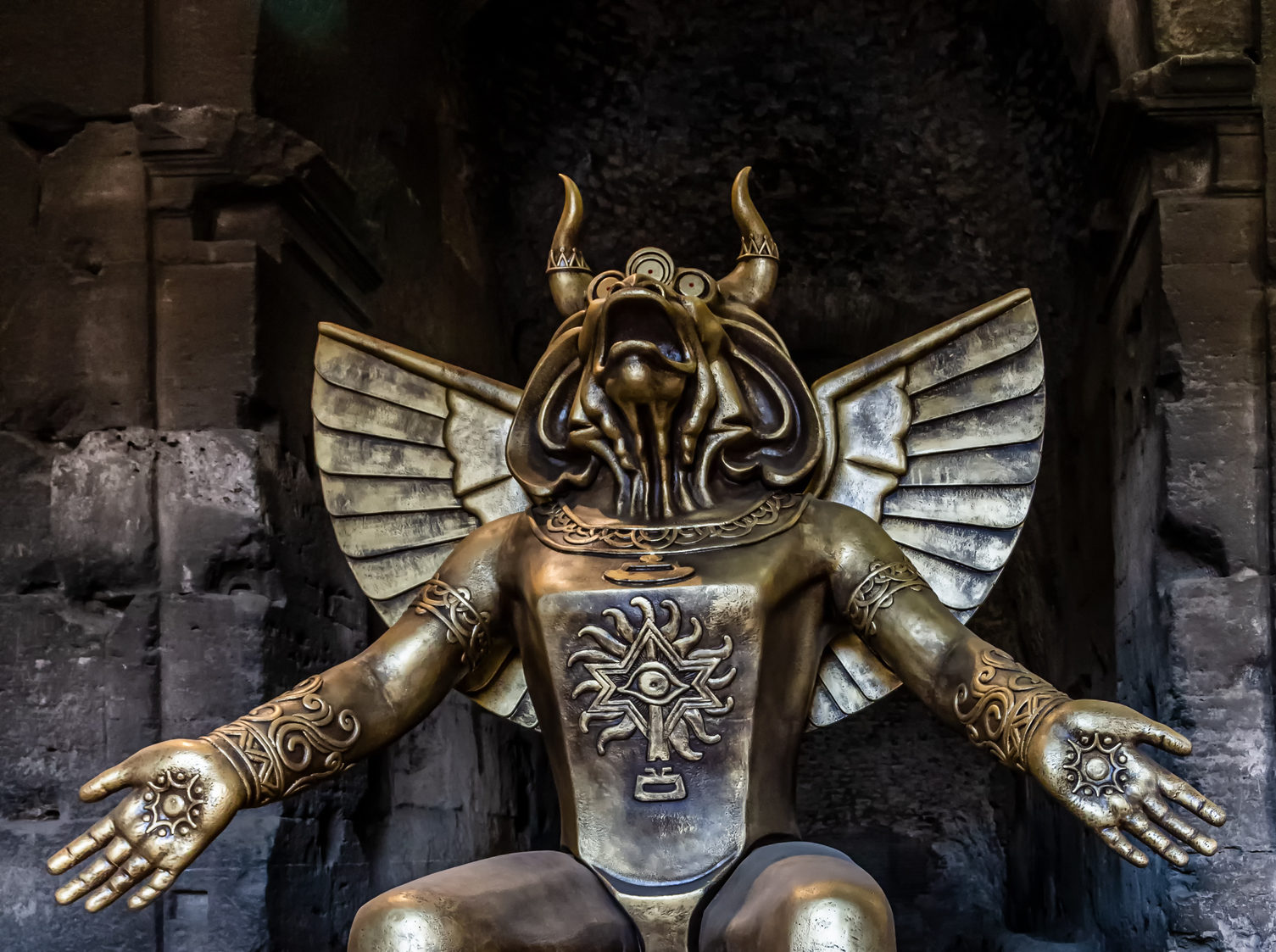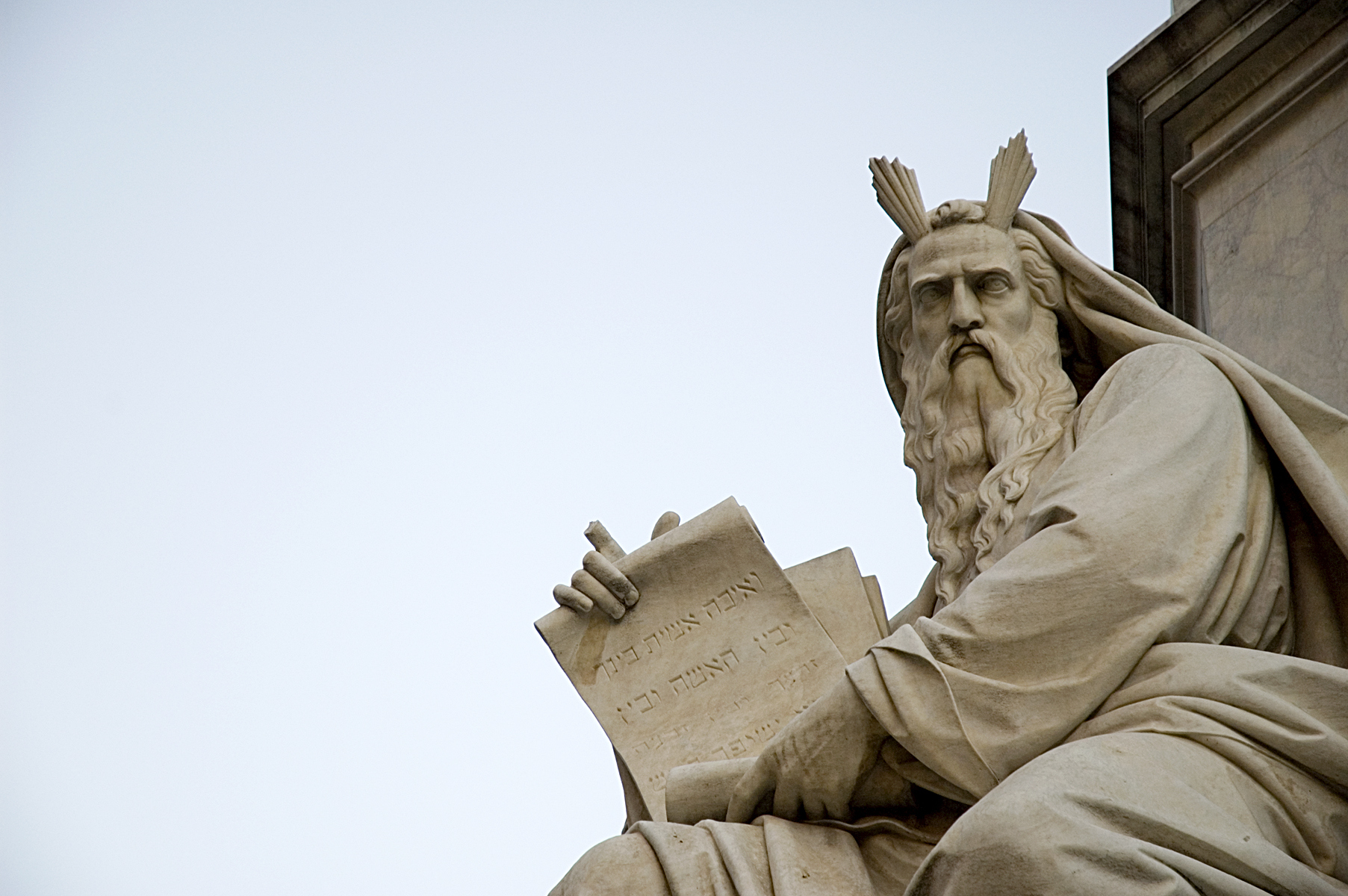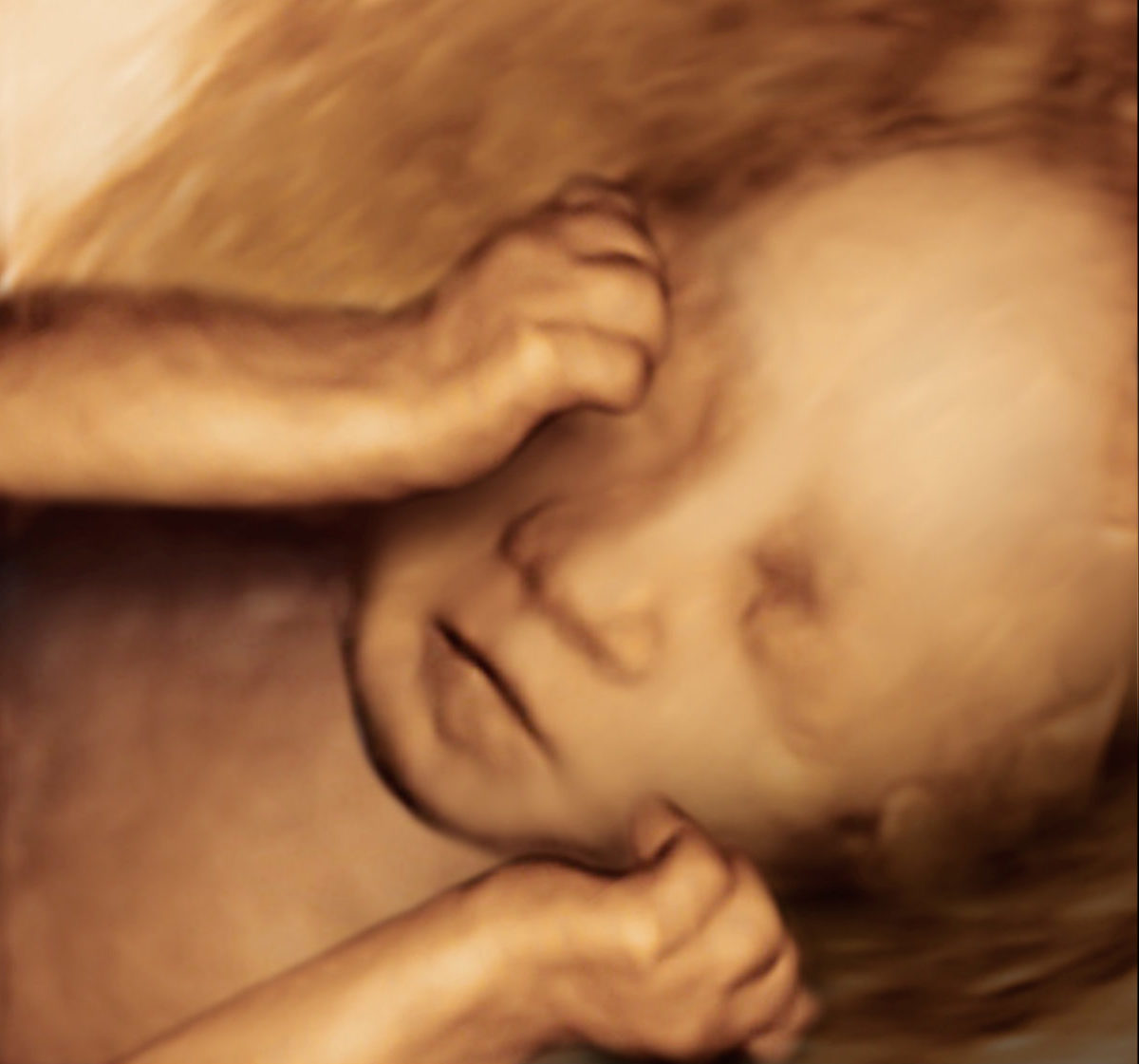Restoring trust in America’s constitutional system will require some deference on the part of SCOTUS.
The Dobbs Dissent
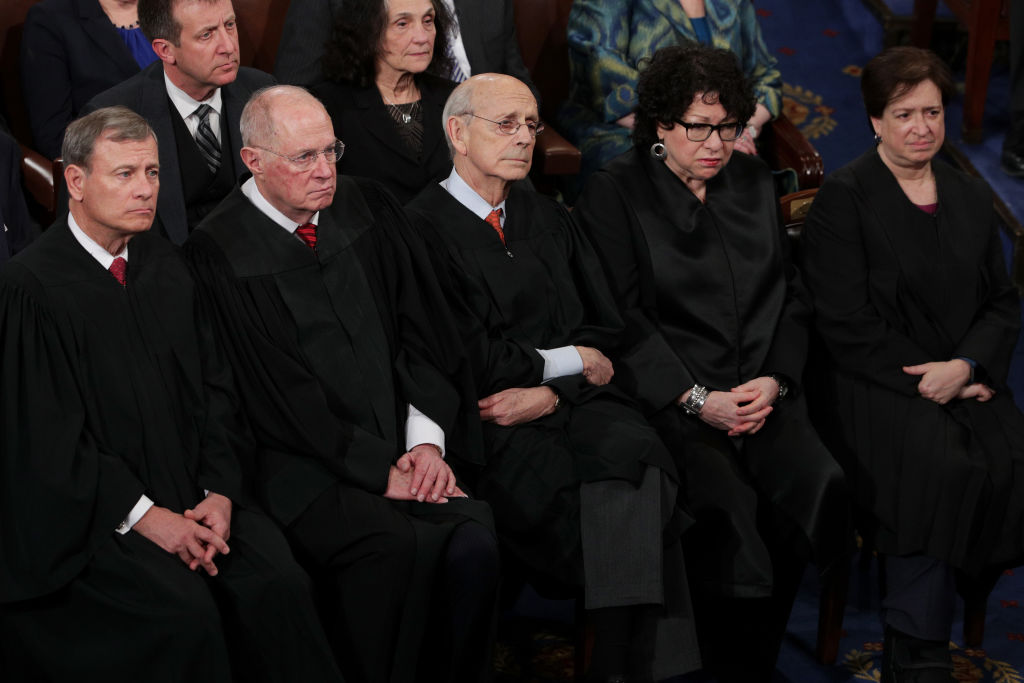
The case for abortion falls apart.
The landmark Dobbs case has consigned Roe and Casey to their rightful place on the ash heap of history. The Court repudiated its previous judicial fiats, which had arrogated the power to decide abortion policy for the whole country, thus restoring the American people’s democratic authority to deliberate and vote upon the issue.
Such a decision should have been 9-0, but, predictably, there were three dissenters. The dissent deserves our detailed attention because it reveals how pro-abortion jurisprudence relies on distortion, half-truths, falsehoods, fallacies, and even slurs.
Constitutional Fabric
The heart of the dissent’s argument is that abortion is part of a seamless constitutional fabric of “bodily integrity, familial relationships, and procreation,” which, they contend, are so tightly interwoven with Roe and Casey that the pro-abortion precedents cannot be cut away without unraveling the whole. The dissenters allege that the Court’s conservative reasoning—which seeks to limit substantive due process rights to those deeply rooted in history and/or the concept of ordered liberty—would potentially subvert various rights conceived of as aspects of “autonomous decision making” over personal life decisions. Contrary to the majority’s assurances, the dissent suspects that this ruling threatens rights held to be constitutionally protected, such as contraception, consensual homosexual relations, and gay marriage. This argument has been echoed widely in the media.
The dissent repeatedly invokes Griswold v. Connecticut (1965) and its immediate progeny as manifestations of the alleged seamless fabric of family autonomy cases. (Indeed, the term “contraception” is invoked at least thirty times by the dissenters, suggesting that the idol of sexual satisfaction remains enthroned in their opinion.) But, curiously, they never mention the parental rights in education cases Meyer v. Nebraska (1923) and Pierce v. Society of Sisters (1925), the very precedents that anchor Griswold.
The silence is deafening because those cases show why the “seamless fabric” argument fails. The right in Pierce to educate one’s child was “coupled with the high duty…to recognize and prepare him for additional obligations.” In other words, the natural right in question was vindicated within a classical, teleological natural law framework of the natural duties and obligations of parents toward their children. But by Griswold, the Court had lost the framework of classical natural law. The majority, in that case, inserted the justices’ own liberal conception of marriage into constitutional law. It was anti-teleological and thereby upended the earlier approach of Meyer and Pierce. Roe completed the inversion by pitting the rights of parents against their children.
In short, the truth is that Roe is not part of a seamless garment of autonomy and familial relationship jurisprudence. It is antithetical to the earliest substantive due process cases in this area.
The dissent thus turns out to be spinning only a half-truth. Yes, the Court’s reasoning casts some doubt on the soundness of the reasoning of substantive due process holdings that the Court did not bother to ground in historical practice and/or ordered liberty. But, since its family autonomy jurisprudence is more of a messy patchwork quilt, cutting away one particularly ugly patch does not necessarily entail unravelling the whole. We have no reason to question the sincerity of the majority’s moderate path, which treats Roe and Casey as sui generis and leaves in place those substantive due process liberties that do not involve egregious externalities (mass killing) the American people seem to have made their peace with.
Body Ownership
Perhaps sensing the weakness of their seamless-garment argument, the dissent also invokes first principles to ground the putative abortion right. In this vein, the dissent contends that “Everyone, including women, owns their own bodies,” which is supposed to ground the abortion right. Besides being an exercise in bad grammar, this “body ownership” thesis fails to persuade for four reasons.
First, the dualist theory of personhood implied by the body ownership thesis is not in the Constitution. The dissent does not even dare to suggest that it is. How could they? There is no evidence that 18th and 19th century Americans were broadly persuaded by a Cartesian philosophical anthropology, in which consciousness or some similar higher-order brain functioning is the necessary condition of personhood. On the contrary, most state legislatures had outlawed the killing of the unborn by the time of the 14th amendment. In short, the dissent has no response to one of the majority’s most powerful arguments: the Constitution provides no warrant for imposing the dualist theory of personhood on the whole nation.
Second, it is false. Your body is not like your Ford F-150, a sort of vehicle you ride around in and rightfully switch out parts or swap for a new one at will. True, fueling both your car and your body is exceptionally expensive in Biden’s America. But, the likeness ends there. You are your body, just as you are your soul: the latter does not own but rather pervades and animates the former.
Third, even if you did own your body, that would not justify the right to abortion: an unborn body inside your body is not your body.
Fourth, the dissent subverts its own argument. A point made by the majority (and one I have made elsewhere) is that the dissent’s account of autonomy, taken literally, would provide a license for all sorts of criminal behavior, including drug use and prostitution. The dissent’s reply? “That is flat wrong.” But why is it flat wrong? We are not told. It is simply asserted, without argument.
The People and the “Dark Ages”
The dissent also seeks to cast doubt on the whole enterprise of originalism by arguing that “the People” did not ratify the Constitution and the 14th Amendment, but men did. Yet again, this is distortion by way of half-truth. Yes, the ratifiers were men. But the dissenters do not even entertain the idea that the adult male husbands, fathers, sons, and brothers who voted for ratification understood women to be equal in dignity and natural rights. The question is surely not their sex but the validity of the claims they made in the Constitution they adopted—claims which, as Justices of the Supreme Court, the dissenters are sworn to uphold.
If an unjust and evil patriarchy essentially taints those features of the Constitution that were voted upon by men, then nothing of the Constitution prior to the 19th amendment remains morally binding. Such an argument would provide a veritable license for progressive judges to rewrite nearly the entirety of the Constitution as they see fit under the guise of interpretation—which one might suspect is the real goal of the malleable standard of substantive due process the dissent adopts.
Curiously enough, given their critical eye toward our constitutional history, the Dobbs dissenters offer a cursory defense of Roe’s reliance on the common law going back to medieval times (a history that was fabricated). But the gesture turns out to be halfhearted as the dissenters go on to scoff at the idea of interpreting the Constitution in light of the “Dark Ages.” The use of this term is breathtakingly ignorant of the richness of medieval civilization. (To begin to see why, one need only consider the extraordinary scientific knowledge, technical and artistic skill, aesthetic insight, and personal and civic virtue that went into (say) the construction of one medieval castle.) The slur also displays ignorance of our constitutional order’s indebtedness to it. Such ignorance could be forgiven in young pupils who have never been taught about it. But one would have thought such language was beneath sitting Supreme Court justices.
And it seems, more than mere chronological snobbery, that the slur was intended as red meat to be gleefully consumed by its progressive readers. How is the intentional dismissal of premodern Christian civilization as darkness not anti-Christian, and specifically anti-Catholic, bigotry? For all of its faults and shortcomings, one can at least say this about the medieval civilization that the Catholic Church built: it never legalized and performed the killing of sixty million innocent, unborn persons.
“Coerced Pregnancy”
The fact that reasoning in Roe and Casey was so detached from any basis in the text, logic, structure, and historical understanding of the Constitution is sufficient to overrule them. But the Dobbs Court also recounts the pro-life contention that various legal and factual developments have undermined Roe’s justificatory logic. For example, pregnancy and child leave is guaranteed to most workers, while safe haven laws and the widespread demand for adoption guarantee that a pregnant woman has the freedom to give her child up without killing him. The dissent dismisses these developments, arguing that “few women denied abortion will choose adoption.” Rather, the vast majority will “shoulder the costs of childrearing” and thereby “experience the profound loss of autonomy and dignity that coerced pregnancy and birth always impose.” And they emphasize the impact the decision will have on poor women.
The dissent here fallaciously lumps together the vast majority of “unintended” pregnancies, which are the result of consensual sex, and the tiny minority of cases of pregnancies resulting from rape. Obviously, the latter claim to coercion is different in kind than the former. The dissent claims that women in the former category will always experience a violation of their dignity when the law prohibits abortion. They simply ignore the inconvenient evidence that regulation of fertility through abortion has no correlation with social and economic equality. In fact, a Washington Post story published just days before Dobbs dropped profiling a teen mother named Brooke as one of the first post-heartbeat law Texans to have babies that she “never planned to carry to term,” demonstrates why legal proscription of abortion does not necessarily violate women’s dignity and autonomy, including women who are not wealthy.
The Post narrates a standard boy meets girl and gets her pregnant story. When she and her mother went into a crisis pregnancy center seeking an abortion, the sonogram revealed twins, upon which her mother exclaimed: “This is a miracle from the Lord. We are having these babies.” Brooke then married her boyfriend, who hung up the skateboard and entered the Air Force in order to provide for them. Brooke came to love her babies more than anything in the world, and her imagined “alternate life,” in which she spent her money on movie tickets and Whataburger instead of baby items, “didn’t matter anymore.”
If there is a sound account of autonomy, it is not one in which an agent achieves her dignity by choosing on the basis of mere subrational emotions (like base fears or concupiscible desires for creature comforts), as if mere choice itself sufficed to confer value. Instead, autonomy should be understood as responsiveness to reasons, and the reasons for action are apparent here: children, when clearly seen, are recognized as gifts from God, of whom we are stewards, and they need a mother and father committed to one another to provide for them. In other words, it is objectively good to welcome children and embrace the responsibilities of parenthood.
So, once again, the exact opposite of the dissent’s contention turns out to be the truth. Brooke’s story proves when human beings embrace the goods of marriage and parenthood, and the hard work necessary to provide for children, they achieve their dignity as rational agents.
Failing all of this, the dissent doubles down on Casey’s claim that stare decisis requires the Court to adhere even to questionable precedent or risk tarnishing the legitimacy of the Court. Even in Casey itself, it was absurd for a bare plurality of justices to act as if they were upholding a longstanding and unanimous tradition rather than simply hiding behind a controversial decision in Roe which, at the time, was not even 20 years old.
But to invoke stare decisis in the Dobbs dissent, as if the court’s legitimacy depends on setting Roe in stone, is fundamentally dishonest. The dissenters know all too well that the Court’s legitimacy has been in question since Roe and that no matter how it ruled the Court would risk its legitimacy in the minds of at least some of the American people. Moreover, the Court’s legitimacy is grounded not in precedent but on the same foundation that authorizes it, the Constitution itself. Hence, when a precedent clearly and egregiously conflicts with the Constitution, the Court’s legitimacy requires that the former give way to the latter. Riffing on Samuel Johnson, we are left with an inescapable conclusion: stare decisis is the last refuge of a scoundrel.
The American Mind presents a range of perspectives. Views are writers’ own and do not necessarily represent those of The Claremont Institute.
The American Mind is a publication of the Claremont Institute, a non-profit 501(c)(3) organization, dedicated to restoring the principles of the American Founding to their rightful, preeminent authority in our national life. Interested in supporting our work? Gifts to the Claremont Institute are tax-deductible.
Pro-abortion reactions to the Dobbs leak reveal idolatry for what it is.
How natural law limits state power.
The Constitution cannot, and should not, be twisted to favor abortion.
After Roe, America will face a fundamental question.
Are we ready for life after Roe?

